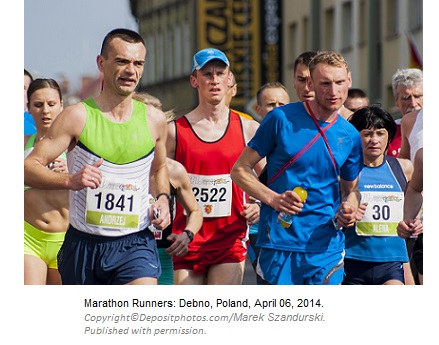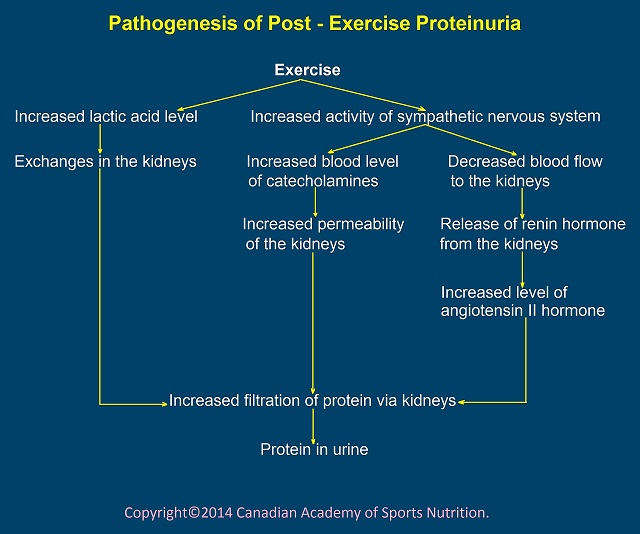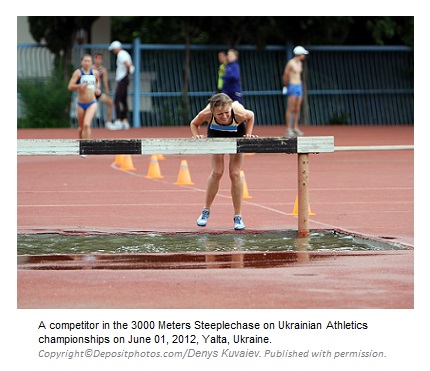 urine. The appearance of excess protein in urine especially after a strenuous training session is a common concern of many athletes and gym – goers. Post – exercise proteinuria (PEP) is generally a benign and transient condition that lasts 24 to 48 hours.
urine. The appearance of excess protein in urine especially after a strenuous training session is a common concern of many athletes and gym – goers. Post – exercise proteinuria (PEP) is generally a benign and transient condition that lasts 24 to 48 hours.Post – exercise proteinuria is commonly seen among athletes involved in aerobic sports, such as runners, soccer players, cyclists, and swimmers. It is usually the result of the intensity of exercise rather than the duration.
PEP is usually biphasic. The first phase of increased protein secretion is within 30 minutes after exercise. It is due to hemodynamic changes and saturation of renal tubules that lead to proteinuria. The second phase is about 24 hours after exercise and results from oxidative stress on renal glomeruli.
PEP is considered a functional proteinuria and the exact mechanism is unknown. However, few theories have been suggested.

Potential risk factors for PEP include: 
a) Obesity.
b) Acromegaly.
c) Diabetes.
d) Amyloidosis.
e) Congestive heart failure.
f) Fever.
g) High blood pressure.
Management of PEP:
PEP lasting more than 48 hours requires a medical attention. The following athletic and nutritional advices may help with PEP:a) Reduce intensity of your exercise.
b) Keep your body fully hydrated and drink 2 – 3 liters a day (See “Sports Nutrition”).
c) Decrease your protein intake.
d) Avoid alcohol and caffeine.
e) Follow an alkaline diet.
f) Increase taking lime, lemon, citrus fruits, and vinegar.
According to few studies, not only does not creatine supplementation increase PEP, but also may decrease it by reducing lactic acid buildup.
